Animal housing
1/41
Earn XP
Description and Tags
need for suitable environment
Name | Mastery | Learn | Test | Matching | Spaced |
|---|
No study sessions yet.
42 Terms
factors to consider when selecting suitable accommodation
type of accommodation
access to the accommodation
location of the accommodation
size of the accommodation
considering types of accomoodation
construction materials - suitable for intended species
strong and weatherproof
considering access to accommodation
allows access to food and water depending on species’ preference
easy to clean and maintain
doors or lids able to open/close without obstruction
considering location of accommodation
away from busy areas - e.g. traffic, lots of visitors
away from direct sunlight and draughts
predators and prey kept at acceptable distances from each other
considering size of accommodation
able to house the animal comfortably
suitable for intended purpose e.g. breeding considerations
species requirements - recommended minimum size from RSPCA
suitable stocking density - e.g. for livestock
examples of natural water sources
streams
ponds
pros of natural water sources
visually appealing
promotes natural behaviours
cons of natural water sources
animal or handler may fall in (can be problematic for both)
pro of using bowls for water
easy
con of using bowls for water
can easily be tipped over
examples of accommodation
vivarium
aquarium
inside accommodation
outside accommodation
aviary
example of species that would use a vivarium and usual construction materials
royal python, bearded dragon
glass and/or wood

example of species that would use a aquarium and usual construction materials
neon tetra, axolotl
glass or plastic, depending on size

example of species that would use inside accommodation and usual construction materials
rat, guinea pig
plastic or metal
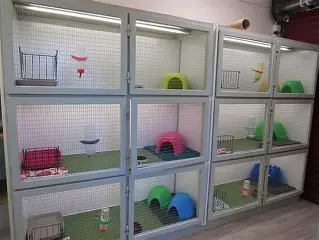
example of species that would use outside accommodation and usual construction materials
rabbit, ferret
metal cages and wooden hutches
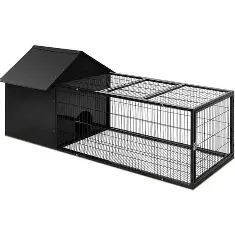
example of species that would use an aviary and usual construction materials
African grey parrot, cockatiel
usually metal (can be inside or outside)
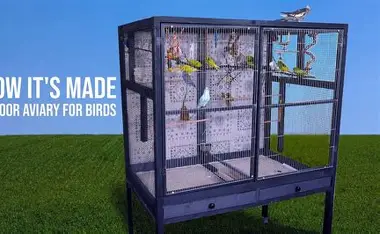
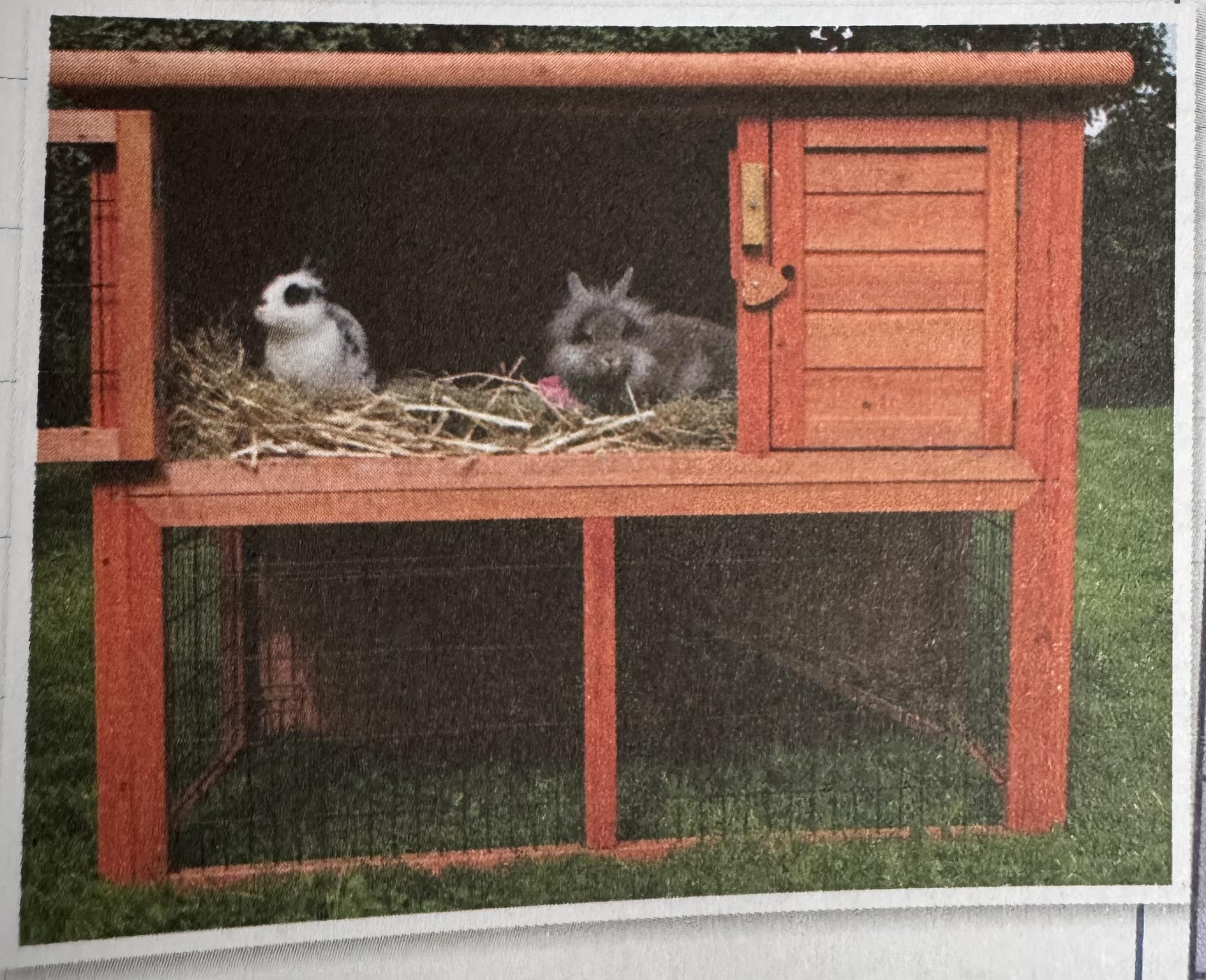
evaluate the suitability of the accommodation pictured as housing for two rabbits
pros:
good size and design - has an outside and indoor area, and has plenty of space
has access to natural areas (grass) and give protection from the elements in the top are, as well as a warm bedding area
plenty of ventilation and lighting
accessible for cleaning, feeding etc
cons:
materials it is made from - wire will not give protection from predators. The wood can be gnawed on and have sharp splinters that injure them. Wood may deteriorate due to absorbing rainwater and urine. Does not look strong or long lasting
rabbits could escape by digging, or predators could dig to enter
why are substrates necessary?
promotes natural behaviours (nest building/digging)
encourage foraging
help maintain humidity
help maintain temperature
soak up urine/faeces
make it easier to clean bedding area
encourage play
provide comfort
types of substrate
shavings, straw, hemp bedding, peat, orchid bark, sphagnum moss, shredded paper, aquarium gravel, veterinary bedding
pros and cons of using shavings
pros
absorbent
easily accessible
cons
dusty
can contain splinters

pros and cons of using straw
pros
warm
animals can create nesting areas
cons
can appear messy
if stored in sheds can become damp
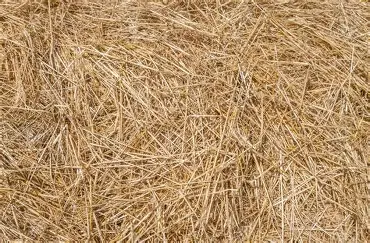
pros and cons of using hemp bedding
pros
allows burrowing
dry and dust-free
absorbent
cons
not suitable if damp enclosure required

pros and cons of using peat
pros
maintains humidity
easily accessible
cons
can be easily ingested
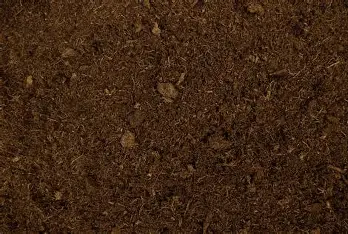
pros and cons of using orchid bark
pros
maintains humidity well
cons
can be ingested
can be costly
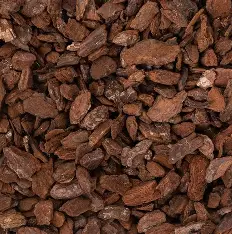
pros and cons of using sphagnum moss
pros
absorbs and retains water
cons
can harbour bacteria if used for long periods
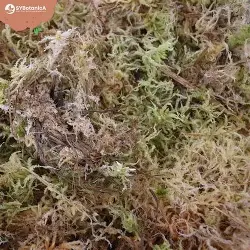
pros and cons of using shredded paper
pros
cheap
extra warmth
cons
can appear messy
can be ingested
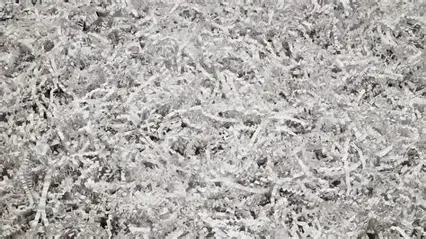
pros and cons of using aquarium gravel
pros
aesthetically pleasing
offers feeding enrichment
cons
time consuming to clean thoroughly

animals that shavings are suitable for
small and large mammals
animals that straw is suitable for
large mammals and pets e.g. guinea pigs and rabbits
animals that hemp bedding is suitable for
snakes, tortoises, small and large mammals
animals that peat is suitable for
some amphibian and snake species
animals that orchid bark is suitable for
reptile and invertebrate species
animals that sphagnum moss is suitable for
reptile and invertbrate species
animals that shredded paper is suitable for
small mammals
animals that aquarium gravel is suitable for
aquatic species: fish and some amphibians
when is veterinary bedding used?
for animals in a veterinary setting
temperature and humidity requirements for reptile and amphibian enclosures
need heat lamps or mats and a small vent - particularly in winter
need a water source or misting to maintain humidity, particularly in summer
temperature and humidity requirements for mammal and bird enclosures
open enclosure with provision for animals to cool down or keep warm (e.g. substrates, bathing area)
in winter, may need more substrates or animal blankets
exothermic animal definition
cold blooded animals (e.g. reptiles)
cannot regulate their own body temperature
endothermic animal definition
warm blooded animals (e.g. most mammals and birds)
able to generate their own internal heat
poikilothermic definition
only mammal unable to generate its own body temperature
only poikilothermic mammal known
naked mole rat